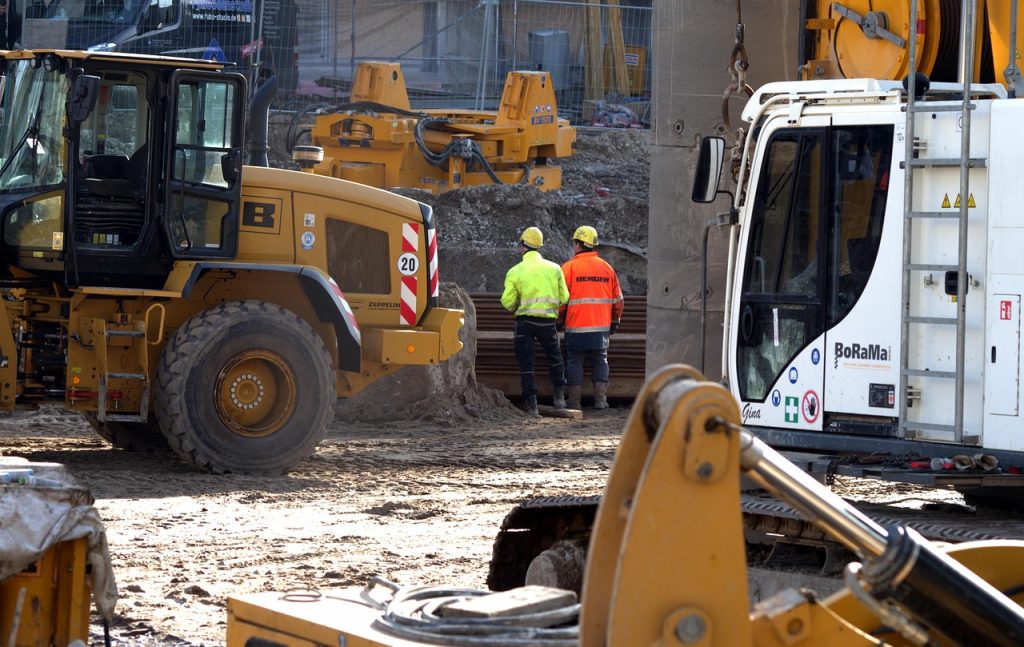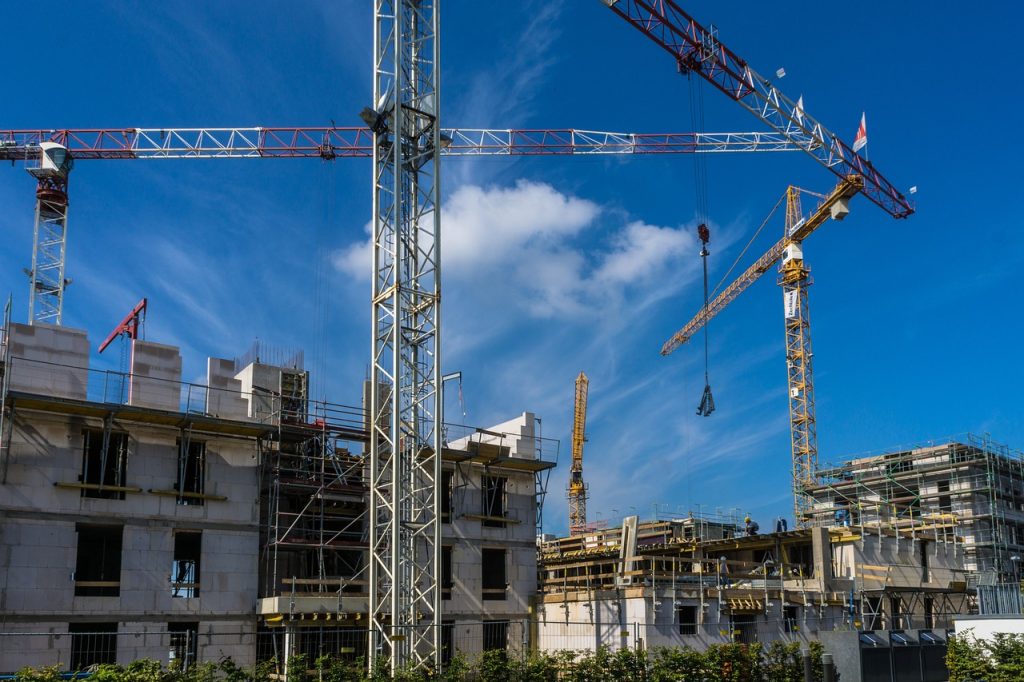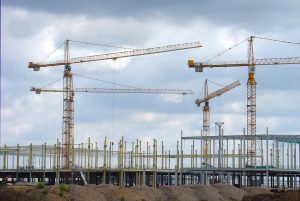Quality is the cornerstone of every successful construction project. Whether building a high-rise tower, a bridge, or a residential complex, ensuring that every component meets the required standards is essential for safety, performance, and client satisfaction. Yet, in the realm of construction management, two closely related terms—Quality Assurance (QA) and Quality Control (QC)—are often used interchangeably, leading to confusion among project teams.
While both QA and QC share the same ultimate goal—delivering a project that meets specified quality standards—they differ significantly in their scope, timing, approach, and purpose. Understanding the distinction between them is crucial for establishing a robust quality management system that prevents defects, reduces rework, and optimizes resources throughout the construction lifecycle.
This complete guide offers a deep, practical explanation of the difference between construction quality assurance and quality control. We’ll explore their definitions, functions, methodologies, implementation strategies, and the best practices to achieve excellence in construction quality management.
Understanding Quality in Construction

Before diving into the difference between QA and QC, it’s important to first understand what “quality” means in a construction context.
In construction, quality refers to the degree to which a structure, system, or component meets the requirements of design specifications, building codes, contractual obligations, and client expectations. Quality does not only mean “meeting standards” but also ensuring reliability, durability, safety, and functionality of the final product.
For instance, a building with high-quality materials but poor workmanship will fail to meet quality objectives just as much as one built efficiently but with substandard materials. Therefore, quality management in construction must encompass both the processes that ensure quality (QA) and the verification activities that confirm quality (QC).

What Is Quality Assurance (QA) in Construction?
Quality Assurance (QA) is a proactive, process-oriented approach that focuses on preventing defects before they occur. It involves developing and implementing systems, procedures, and standards that ensure every phase of the construction process—design, procurement, and execution—consistently meets established quality requirements.
Key Objective:
To ensure that the processes used in construction are adequate and effective enough to deliver quality results.
Nature of QA:
- Preventive rather than corrective.
- Focuses on planning, documentation, and procedural compliance.
- Managed primarily at the organizational and managerial level.
Also read: 7 Best Custom Furniture Companies in Bali
Core Activities in Quality Assurance:
- Developing Quality Plans:
QA begins with a comprehensive Quality Management Plan (QMP) that outlines all procedures, checklists, responsibilities, and quality goals for the project. - Defining Standards and Specifications:
QA ensures that all construction activities follow relevant building codes, industry standards, and design requirements. - Supplier and Material Qualification:
Ensuring that materials, equipment, and subcontractors meet the required standards before they’re used in the project. - Process Auditing:
Conducting systematic reviews of construction methods, documentation, and control measures to ensure adherence to the quality plan. - Training and Competency Development:
Ensuring that all workers, supervisors, and quality personnel are trained in the correct procedures and safety practices. - Documentation and Process Control:
QA emphasizes accurate and complete documentation to maintain traceability of processes, materials, and inspections.
In essence, QA acts as the framework that guides the construction team to “build it right the first time.”
What Is Quality Control (QC) in Construction?
Quality Control (QC), on the other hand, is a reactive, product-oriented approach that focuses on detecting and correcting defects after they occur. QC involves inspecting, testing, and verifying materials, components, and finished work to ensure they meet established quality criteria.
Key Objective:
To ensure that the final outputs of construction work comply with design specifications and regulatory standards.
Nature of QC:
- Detective and corrective in nature.
- Focuses on inspection, measurement, and verification.
- Conducted primarily at the field and operational level.
Core Activities in Quality Control:
- Incoming Material Inspection:
Verifying that all construction materials delivered to the site conform to the required specifications and are free from damage. - Field Testing and Sampling:
Conducting concrete slump tests, soil compaction tests, weld inspections, and other laboratory verifications. - Workmanship Inspection:
Checking the quality of installed components such as rebar, formwork, electrical systems, and finishes. - Non-Conformance Reports (NCRs):
Identifying and documenting deviations from design or standard requirements and taking corrective actions. - Final Inspection and Handover:
Before project completion, QC teams ensure that all systems are tested, defects are rectified, and all documentation is ready for client acceptance.
QC ensures that the end product is compliant, safe, and durable, effectively validating the work that QA processes were designed to protect.
Key Differences Between Quality Assurance and Quality Control
While both QA and QC are components of a unified quality management system, they differ in multiple dimensions. Below is a detailed comparison:
| Aspect | Quality Assurance (QA) | Quality Control (QC) |
| Approach | Process-oriented | Product-oriented |
| Purpose | Prevent defects | Identify and correct defects |
| Timing | Implemented throughout the construction process | Performed after tasks are completed |
| Responsibility | Project managers, engineers, quality managers | Site inspectors, supervisors, testing personnel |
| Focus | Establishing systems, processes, and standards | Inspecting and testing outputs |
| Methodology | Documentation, audits, procedural control | Inspection, testing, sampling |
| Outcome | Prevents errors and non-conformance | Detects and corrects defects |
| Nature | Proactive | Reactive |
| Examples | Quality plans, training, process audits | Concrete strength tests, weld inspections |
This comparison clearly shows that QA and QC complement each other. QA lays the foundation for achieving consistent quality, while QC ensures that each deliverable meets the set standards before project completion.
The Relationship Between QA and QC in Construction
Although QA and QC serve different purposes, they are interdependent. QA defines how work should be done correctly, and QC verifies that it was done correctly. Without QA, QC would only find and fix problems after they occur—often at higher cost and time. Conversely, without QC, QA would lack verification to confirm that its processes are effective.
A successful construction company treats QA and QC as two halves of a continuous improvement cycle:
- QA establishes the quality framework.
- QC provides data and feedback that help improve QA processes.
This feedback loop is what enables companies to learn from experience, refine procedures, and progressively enhance project outcomes over time.
Common Challenges in QA and QC Implementation
Despite their importance, many construction firms struggle to fully integrate QA and QC systems into their daily operations. Some of the most common challenges include:
- Lack of Standardized Procedures:
Inconsistent documentation and differing site practices lead to quality gaps and confusion. - Insufficient Training:
When field teams do not understand QA/QC principles, they focus on production speed over process quality. - Poor Communication Between Departments:
Disconnects between design, procurement, and site teams can cause specification mismatches. - Inadequate Testing Resources:
Some sites lack proper equipment or trained inspectors for reliable quality testing. - Limited Management Commitment:
Without top-level support, QA/QC programs are viewed as administrative burdens rather than productivity tools. - Reactive Culture:
Many teams wait for problems to occur before responding instead of using preventive controls.
Overcoming these challenges requires a combination of leadership commitment, structured systems, and continuous education across the entire organization.
Best Practices for Effective Quality Assurance
To achieve consistent quality performance, construction companies should adopt these best practices in QA:
- Establish a Comprehensive Quality Management System (QMS):
Develop a clear QMS that aligns with ISO 9001 principles, defining responsibilities, documentation control, and review processes. - Integrate QA from the Design Stage:
Involve QA teams early during planning and design to identify potential constructability or specification issues. - Implement Vendor and Material Prequalification:
Evaluate suppliers and subcontractors for their quality systems, certifications, and past performance before engagement. - Use Process Checklists and Standard Operating Procedures (SOPs):
Ensure every task, from rebar placement to concrete curing, follows a verified and approved procedure. - Conduct Regular Audits and Reviews:
Schedule internal and third-party audits to evaluate compliance and identify opportunities for improvement. - Train and Certify Personnel:
Provide continuous training on standards, safety, and new technologies that enhance quality management. - Establish a Culture of Prevention:
Encourage every worker to identify risks early and take proactive actions before issues arise.
Best Practices for Effective Quality Control
Similarly, effective QC practices ensure that defects are caught and corrected quickly, maintaining compliance and integrity:
- Define Clear Inspection and Test Plans (ITPs):
The ITP outlines all tests, inspection checkpoints, responsible parties, and acceptance criteria for every construction phase. - Use Qualified and Independent Inspectors:
Employ trained QC personnel or third-party inspectors to ensure objective evaluations of work quality. - Implement Statistical Sampling Methods:
For repetitive tasks, adopt sampling and testing methods to verify quality efficiently without inspecting every single item. - Maintain Detailed Non-Conformance Logs:
Track every NCR, root cause, and corrective action to identify recurring problems and systemic issues. - Leverage Technology:
Utilize digital inspection tools, drones, and cloud-based QA/QC platforms to document and monitor quality in real-time. - Conduct Joint Inspections:
Involve both contractors and clients in final inspections to ensure transparency and build trust. - Perform Post-Project Quality Reviews:
After completion, review test results and NCR trends to capture lessons learned for future projects.
Integrating QA and QC into a Unified Quality Management Framework
A mature quality management framework merges QA and QC into one integrated system that ensures both process reliability and product compliance.
Key steps include:
- Aligning QA procedures with QC inspection points.
- Using QC feedback to improve QA processes.
- Creating a centralized digital database for all quality documentation.
- Assigning clear roles and escalation protocols for quality issues.
- Holding coordination meetings between QA managers, QC engineers, and project supervisors.
This integration ensures a closed-loop system where every quality observation—whether proactive or corrective—feeds into continuous improvement.
Also read: 10 Best Bali Architecture Styles That Define the Island’s Unique Charm
The Benefits of a Strong QA/QC Program
When properly implemented, QA/QC systems deliver measurable advantages to construction projects:
- Reduced Rework and Cost Savings: Preventing errors early saves time and money.
- Improved Safety: Defect-free construction reduces structural risks and hazards.
- Enhanced Reputation: Consistent quality performance strengthens client confidence.
- Regulatory Compliance: QA/QC ensures adherence to codes, standards, and certifications.
- Higher Productivity: Efficient processes minimize downtime and improve workflow.
- Better Data for Decision-Making: Documented inspections and test results inform future planning.
Conclusion
In the fast-paced and high-stakes world of construction, Quality Assurance and Quality Control are two sides of the same coin—each vital in achieving reliable, safe, and high-performing outcomes.
- Quality Assurance sets the foundation by ensuring that every process, material, and person involved follows the right procedures and standards from the start.
- Quality Control, on the other hand, validates that these procedures were effective by testing and inspecting the tangible results of the work.
Together, QA and QC create a continuous improvement cycle that minimizes defects, reduces costs, and elevates the overall performance of construction projects.
For construction professionals, mastering the distinction between QA and QC is not just an academic exercise—it’s a strategic necessity. Understanding their relationship empowers project teams to build smarter, work safer, and deliver excellence consistently.

Indah Suzanne
Indah Suzanne is a key player in Indonesia's design and architecture scene, leading Karyanusa Asia from Bali. As the driving force behind Karyanusa Asia in Bali, she combines innovative design concepts with exceptional construction expertise, delivering world-class villas, commercial spaces, and bespoke architectural projects that reflect both modern elegance and the island’s rich cultural heritage.





